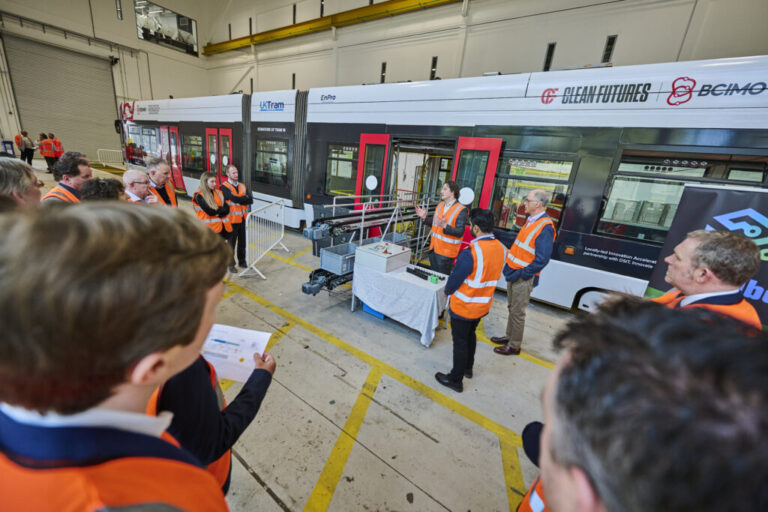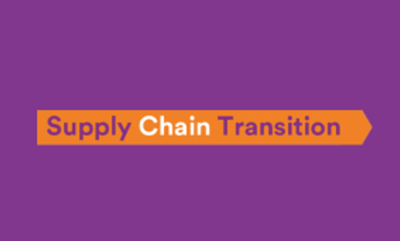
The West Midlands Innovation Programme (WMIP) exists ‘to drive up levels of demand-led business innovation across all areas of the region’. Thus, in the current, pilot phase of WMIP, the team[1] is spending considerable time with stakeholders exploring what business innovation means in this region and how it can best be supported from the perspective of businesses. This blog considers the drivers, enablers and barriers to innovation, principally based on three meetings convened in 2021 that, between them, were attended by about 140 people from businesses (30-50% depending on meeting), business support organisations, universities, and public sector. The recurring themes that emerge from these discussions are already shaping the work of the WMIP team, particularly the newly appointed Innovation Support for Business Coordinator, Simon Spink, in his work with the Innovation Support Forum and with the three Growth Hubs in the WMCA region.
The UK Innovation Strategy has a general definition of innovation ‘the creation and application of new knowledge to improve the world’, which is the starting point in this blog, but with a clear focus on business innovation. However, one clear message from our wide-ranging stakeholders is that innovation is understood and manifested differently in different business contexts. Therefore, this blog will be followed by a series of posts drilling down into innovation culture and practice in different key sectors and major markets for the West Midlands, written with the members of WMIP’s Virtual Innovation Team of business-facing, sector innovation specialists.
Whilst this blog considers drivers and enablers versus barriers and challenges to business innovation, these may be the flip sides of one coin, so the recurring themes will be explored each from both sides. Consider is also given to what type of public sector support might most effectively overcome the recurring barriers and challenges to business innovation across sectors.

Innovating vs adopting innovation
The UK Innovation Strategy includes both ‘the creation and application’ of new knowledge in its definition. Different types of organisations will be involved in each of these to a different extent, e.g. universities and research centres will largely focus on creation of knowledge; large firms and public sector bodies/ or those in certain sectors like life sciences and digital will both create and apply new knowledge; very many smaller enterprises and organisations are most likely to apply new knowledge, or adopt innovative products or approaches.
A report from MIT helpfully distinguishes the behaviours of ‘Innovation Driven Enterprises (IDEs)’ from other enterprises. Such distinctions, and differences in appetite for growth and risk, are important as we try to understand the needs of businesses and design future support to encourage businesses, especially SMEs, to innovate to improve productivity and growth.
Business benefit vs risk
Businesses will only innovate or adopt a new/ adapted product or service if they anticipate the commercial or business benefit is likely to outweigh the risk, e.g. financial risk, risk of disrupting core/ existing business etc. Innovation is recognised by businesses to be inherently risky, and the outcomes are uncertain.
Potential benefit might derive from a new opportunity or from the need to avert a new threat for the business, eg new customer need or demand for different, cheaper or faster products or services; a supply chain change; new regulation; emergence of a new technology or competitor; or a world event such as a pandemic or conflict. Each example could be either an opportunity or a threat depending on the nature and positioning of the business. Clear articulation of the opportunities or threats are key to can help businesses to engage with innovation, e.g. though technology demonstrators, challenge-led accelerators or cross-sector innovation programmes.
Businesses also frequently need support to mitigate and manage the risk to lower the barrier to innovating or adopting, particularly SMEs with limited resource. This may mean risk sharing via co-funding or collaboration with other businesses or universities/ research centre but could also involve innovation management support and training (see next section). Programmes that integrate articulation of opportunity with support to mitigate and manage risk and optimise benefit are more likely to have a lasting impact on business growth.

Culture and leadership
The likelihood of a business successfully innovating or adopting innovation is significantly impacted by the growth or innovation mindset of the businesses and the confidence at the time to take the risk of innovating. Where the right mindsets exist, businesses may not only be more responsive to external demand stimuli (as in previous section), but may also seek out disruptive ideas, gaps in the market, new challenges to tackle or new collaborative/ cross-sector opportunities. These approaches are likely to be innate in businesses whose starting point was an innovative technology, product or service. However, there are also more traditional and longstanding businesses in the West Midlands that have flourished through continuous innovation because they have leadership and management that is open to innovation.
National and regional business growth programmes include innovation leadership and management, but these generally target companies with growth mindsets. With a very large number of traditional businesses in the region that may need to innovate or adopt to survive and grow, a focus on inspiring and supporting innovation an innovation culture in such companies is required. This is not simple though, as there are many barriers including language. Inspiring and developing innovation culture is a major focus of the work IAWM’s newly appointed Business Support for Innovation Coordinator, Simon Spink, working with three Growth Hubs in the WMCA region.
People, skills and talent
The most cited and perennial barrier to innovation in business is lack of people with the right skills and talent. The skills issues vary between sectors and companies. In some cases, e.g. frequently in manufacturing and construction, challenges of perception are a barrier to recruiting (often young) people with state-of-the-art technical and digital skills. In other businesses, it is capabilities around managing innovation and funding of innovation that are lacking. On the other hand, businesses often say that it was their people who were the best source of innovative ideas, often older and younger people working together, and a culture of innovation (as above) is made by people.
The fact that people are so vital to innovation, but skills are so persistently seen as a challenge suggests new approaches to support are needed. Within WMIP, Iain Mansell is leading work with our business-facing partner organisations, to explore new approaches that focus on matching talented people with opportunities in businesses with need that they might not usually encounter.
Need for holistic, connected and business-centric support
We are moving forward from the pilot WMIP 1.0 towards delivery of the next stage of WMIP in the light of the region’s growth plan, the roll-out of a recent review of business support and emerging national policy and funding. The voice of our stakeholders and current policy all point us to taking a more customer-centric approach to supporting West Midlands businesses to innovate and/ or to adopt innovative products and approaches. This will mean tailoring innovation support and the language we use to the particular mindset, experience, sector, drivers and needs of businesses.
Businesses repeatedly cite the complexity and fragmentation of the support landscape as a barrier to innovation. Collectively, those supporting innovation need to connect and cooperate more in order to help businesses to navigate of the complex range of support and to enable simultaneous or sequential offers to be made to suit the business needs.
IAWM’s Innovation Support for Business Coordinator, Simon Spink, is working with the Innovation Support Forum and with the three Growth Hubs in the WMCA region to drive some of this joining up, and simultaneously to create a stronger culture in businesses that enables/ encourages the adoption or creation of innovation. This culture change work includes:
- Inspiration though the many regional case studies on our Innovation Tracker;
- Training for business leaders/ personnel in how to innovate, including understand of their Intellectual Property and its value;
- Increasing use of challenge/ demand-led approaches with well-articulated challenges, which open up clear market opportunities (public or private sector) for businesses to innovate into.
…and to follow
In this short blog it has only been possible to cover some of the headlines and recurrent themes around how we can better ‘drive up levels of demand-led business innovation across all areas of the region’. Therefore, we will be publishing a series of further blogs in the coming weeks that explore the detailed issues of stimulating innovation in specific key sectors for the West Midlands. Watch this space!
Author, Dr Pam Waddell OBE
Director, Innovation Alliance for the West Midlands
[1] The WMIP team comprises WMCA Innovation Lead, Innovation Alliance for the WM and the Virtual Innovation Team






